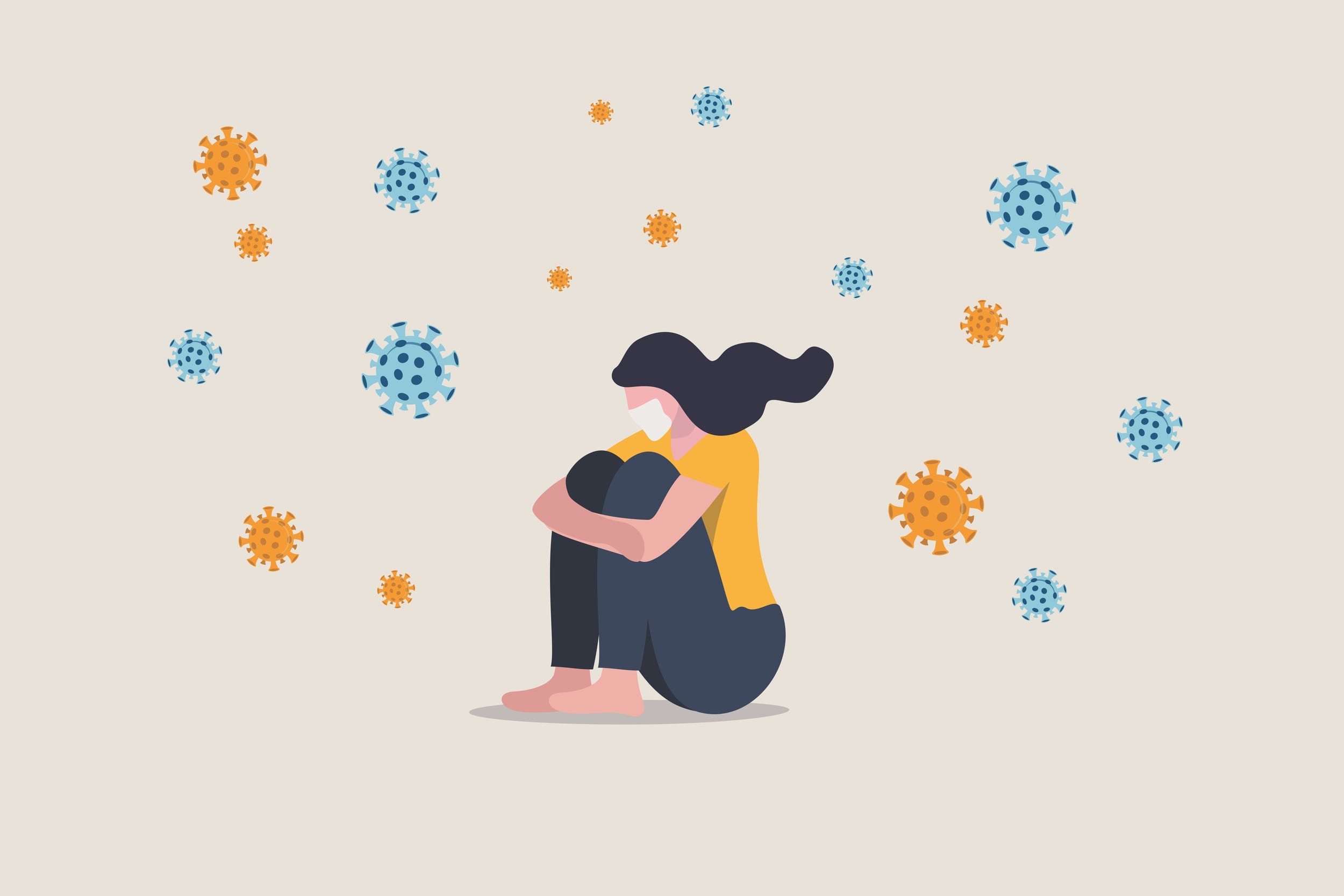News of Coronavirus continues to overwhelm us day by day, with numbers and statistics changing by the second. But what do they all mean?
While the anxiety, fear, and general feelings of unrest and uncertainty due to Coronavirus is warranted and valid, it’s important to remember that everything is relative, which can help us takes things into better perspective.
On the worst day for Coronavirus in China, there were 108 recorded deaths. However, on a global scale, daily:
- 26,283 people die of cancer
- 49,041 people die of cardiovascular diseases
- 4,383 people die of diabetes
- 2,191 lives are lost to suicide
- 2,740 deaths are caused by mosquitoes
- 1,287 deaths are caused by humans themselves
By comparison, since October 2019, the regular influenza has infected 49 million people and killed between 20,000 – 52,000 people in the U.S. alone.
Globally, Coronavirus has had 472,337 reported cases, resulting in 21,304 deaths as of the time of this post.
While there is a need for concern for Coronavirus, as with any other global pandemic, seeing the data and numbers can help limit our fear from reaching levels of irrationality.
Currently, there are several side effects caused by Coronavirus that may be concerning. Health care systems are generally not designed to be able to handle huge surges in capacities, so hospitals worldwide are under heavy strain. Testing for COVID-19 is also not entirely uniform and consistent to an exact standard globally. Hoarding of personal protective equipment as well as general hygiene products are greatly disrupting supply chains, resulting in shortages where they are really needed.
However, despite all of this, there are silver linings amidst the chaos. Most cases of Coronavirus will not result in a hospitalization. Children also appear to be way more resilient to COVID-19 as many of the cold and flu-like symptoms they are currently exposed to may be different strains of coronavirus. Lastly, there is a unified global effort from all health experts including scientists, professors, doctors, and other health officials in sharing research and data in attempts to eliminate Coronavirus.






